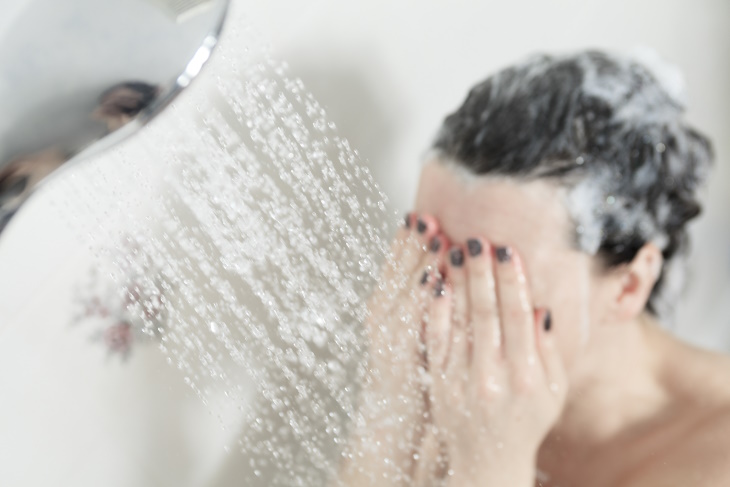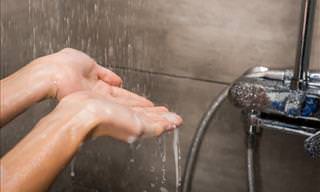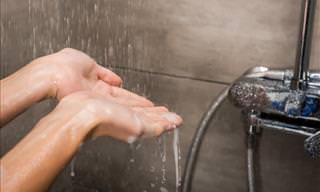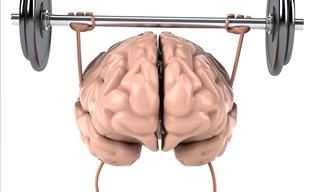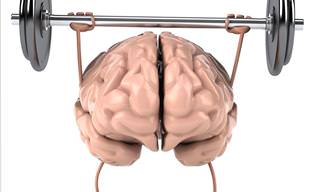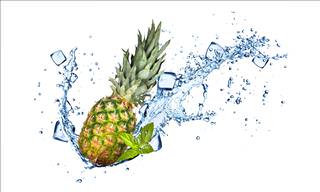Most shower preferences are just that; we can choose our favorite shower gel scent, and either shower daily or choose to skip a day here and there. That’s all fine.
However, there’s an aspect of one’s shower routine that can boost your energy, soothe achy muscles, and strengthen your immune system. That aspect is water temperature. In a previous article, we wrote at length about the benefits of hot and cold showers, but there’s one additional technique that actually used both. And if you ask me, it's pretty groundbreaking.
What exactly is a contrast shower?
Also known as contrast hydrotherapy, a contrast shower involves consecutively exposing the body to first warm and then cold water. Alternatively, contrast hydrotherapy may involve briefly submerging a part or the whole body in warm and cold water.
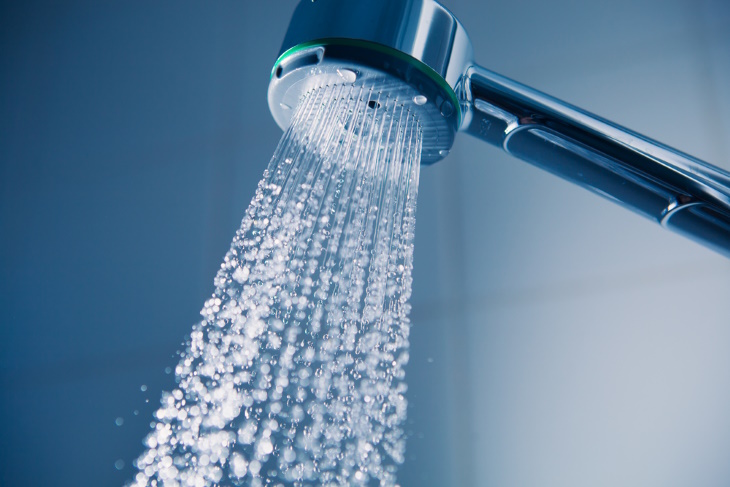
Most people alternate between the water temperature every 3 minutes for about 2-4 times, but beginners may switch the water temperature back and forth more often – every 15-20 seconds — and increase the time intervals as they progress.
When the body is exposed to cold water, small blood vessels narrow in a process called vasoconstriction that pushes blood into the torso and organs. Exposure to warm water relaxes the capillaries again, and the blood flows to the surface of the skin. This process is called vasodilation. Both vasoconstriction and vasodilation influence the heart rate. These changes in how forcefully the heart pumps blood are believed to relieve unpleasant symptoms and activate the parasympathetic nervous system. Find more on how it benefits your body below.
The benefits of contrast hydrotherapy
1. Improves blood circulation
Contrast showers improve blood circulation by definition. The rapid shift in temperature causes the heart to regroup and alternate between sending blood to the skin surface and the vital organs. In a way, it’s like a workout for your entire circulatory system that trains it to work more efficiently. As a result, you’ll notice better circulation in the extremities and become more resilient to extreme temperature shirts.
2. Gives you an energy boost
Exhaustion is one symptom we all get from time to time. Whenever you feel tired and groggy, take a contrast shower and observe the fatigue melt away.
One category of people who experience exhaustion regularly are athletes. After all, they push their physical boundaries on a daily basis.
Contrast hydrotherapy helps athletes fully recover from fatigue in 1-2 days – says a 2017 review article. The same study points out that taking a cold water bath didn’t have the same effect, proving that the alteration of warm and cold water seems to be essential for reducing exhaustion.
An added bonus is that exposure to cold water can also boost blood circulation in the brain and increase the levels of endorphins (happy chemicals).
3. Lessens swelling
Swelling can occur as a result of injury or chronic inflammation. When the body is injured, an inflammatory response is triggered, and all the white blood cells in the body rush to the injured area. This, in turn, creates a buildup of fluid and skin swelling called edema.
Contrast hydrotherapy effectively reduces swelling. A scientific article from 2016 reviewed the effectiveness of contrast baths on 115 participants with ankle sprains. The study found a visible reduction in swelling 3 days after injury compared to those who didn’t participate in contrast hydrotherapy.
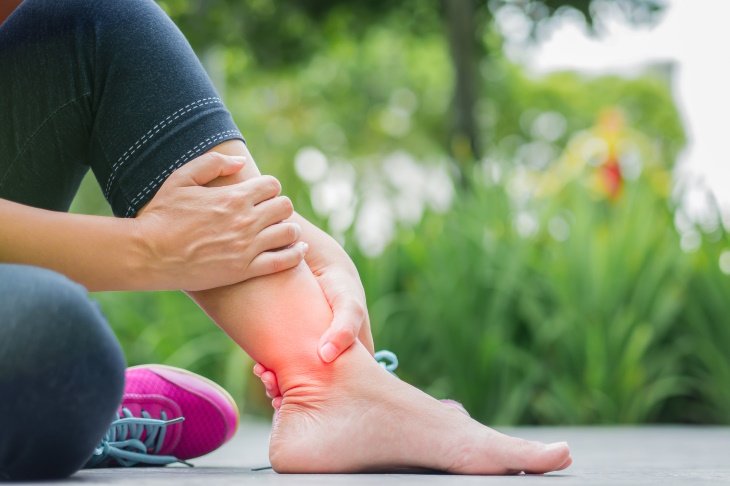
4. Alleviates muscle soreness
Whether after intense exercise, strenuous activities, or a minor injury, muscles can feel tender, weak, and sore. Taking contrast showers may help you alleviate the pain much faster.
Researchers have tested this observation in athletes after exercise. An intense workout can damage muscle fibers and make lactic acid build up in the body. This, in turn, contributes to muscle soreness.
Compared to passive resting, contrast hydrotherapy speeds up the recovery time. The researchers say that this happens because contrast baths can reduce the lactic acid in the body.
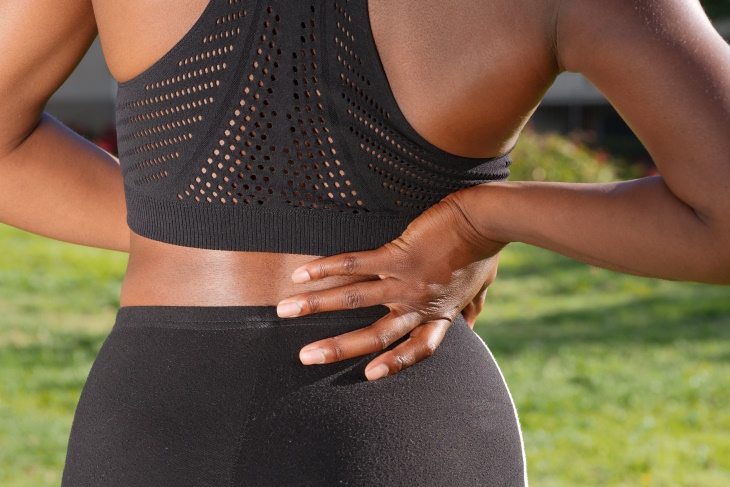
Note, however, that the warm water temperature should not be higher than 40°C (104°F) for best results. And besides, higher temperatures can increase the risk of burning the skin.
5. Strengthens the immune system
Practitioners swear by contrast showers as an effective way to boost one’s immune system’s defenses against common illnesses like the cold and the flu. Even though there’s no research on this topic for contrast hydrotherapy specifically, there’s research on how cold water can benefit the immune system.
According to the study, people who started cold water therapy and caught an infectious disease exhibited fewer adverse symptoms. Blood testing also revealed they had increased levels of anti-inflammatory compounds and lower levels of pro-inflammatory chemicals called cytokines in response to the infection; meaning their immune system dealt with the infection more efficiently.

A beginner’s guide to contrast hydrotherapy
The best time to hop in a contrast shower is in the morning when you need an energy boost, even though many people also use this method after exercising so it can reduce muscle soreness. In reality, nothing stops you from taking a contrast shower whenever you prefer.
Scroll down to find which method fits your daily routine the best:
Post-workout contrast shower
1. Begin with cool water for 2-3 minutes. The cool water feels very relaxing and refreshing after exercise.
2. Increase the temperature to warm for the next 2-3 minutes. The temperature should still be below 40°C (104°F). At this time you can start washing your body.
3. Switch the water back to cold. This time, go colder than before and let it run for 2-3 more minutes.
4. Return to the hot temperature for 2-3 minutes.
5. Finish with a final switch to cold water for 1-2 minutes.
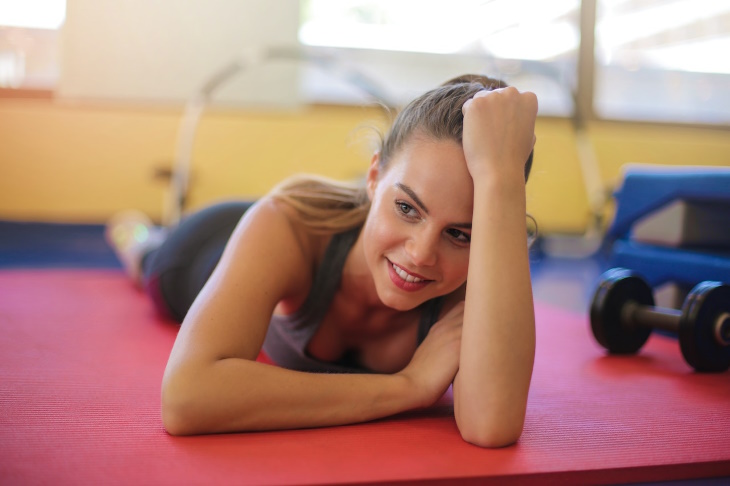
Morning contrast shower
1. Starting with cold water right away is too much for most people. So begin with pleasantly warm water to ease you into the process.
2. Reduce the water to cool water for just a minute to wake up, and then increase it all the way to hot for two minutes.
3. Reduce the water all the way to cold for 2-3 minutes, and then increase it back to hot for the same amount of time.
4. Finish with cold water – 1-2 minutes.
Contrast bath therapy
Unlike a contrast shower, there’s also contrast bath therapy. This is usually part of a physical therapy regimen, and it involves submerging the body in several pools. If this approach interests you, you can contact your local rehabilitation clinic.
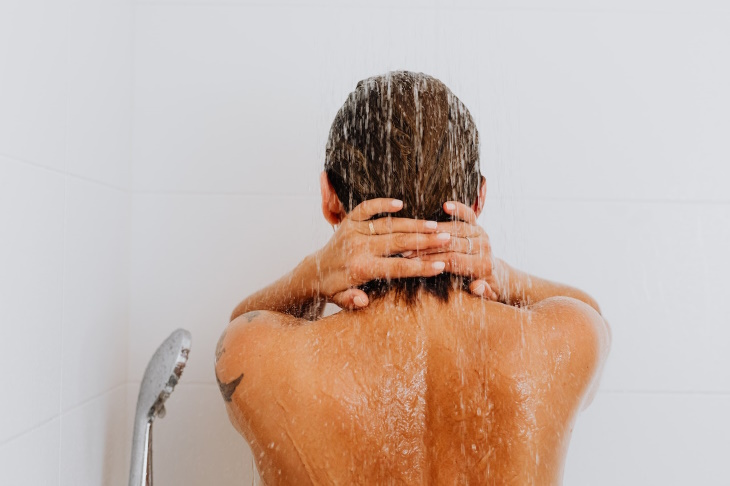
Alternatively, you can try this more targeted approach which involves immersing only an injured or achy body part. For example, it works great for sore or swollen feet. All you need are two tubs large enough to fit the injured part and a thermometer.
The cold water temperature should be in the 50-59°F (10-15°C) range, and the hot water ought to be around 95-104°F (35-40°C). Always use a thermometer to avoid hurting yourself.
1. Submerge the injured part in hot water for 1-3 minutes.
2. Switch to cold water for just a minute. If you can, continue for up to 2-3 minutes.
3. Continue switching back and forth for 15-20 minutes. Always end with cold water.
Are there any risks of contrast showers?
Contrast showers are not for everyone. People with sensitive skin and dry skin conditions should be extremely careful, as hot water can damage your skin. The practice can also be dangerous for people with underlying cardiovascular conditions, such as heart arrhythmias, high blood pressure, and deep vein thrombosis. If you have any of these conditions, or any other serious chronic health issue, make sure to ask first if contrast showers are right for you.
References:
Medium,
Huffpost
 Go to BabaMail
Go to BabaMail



